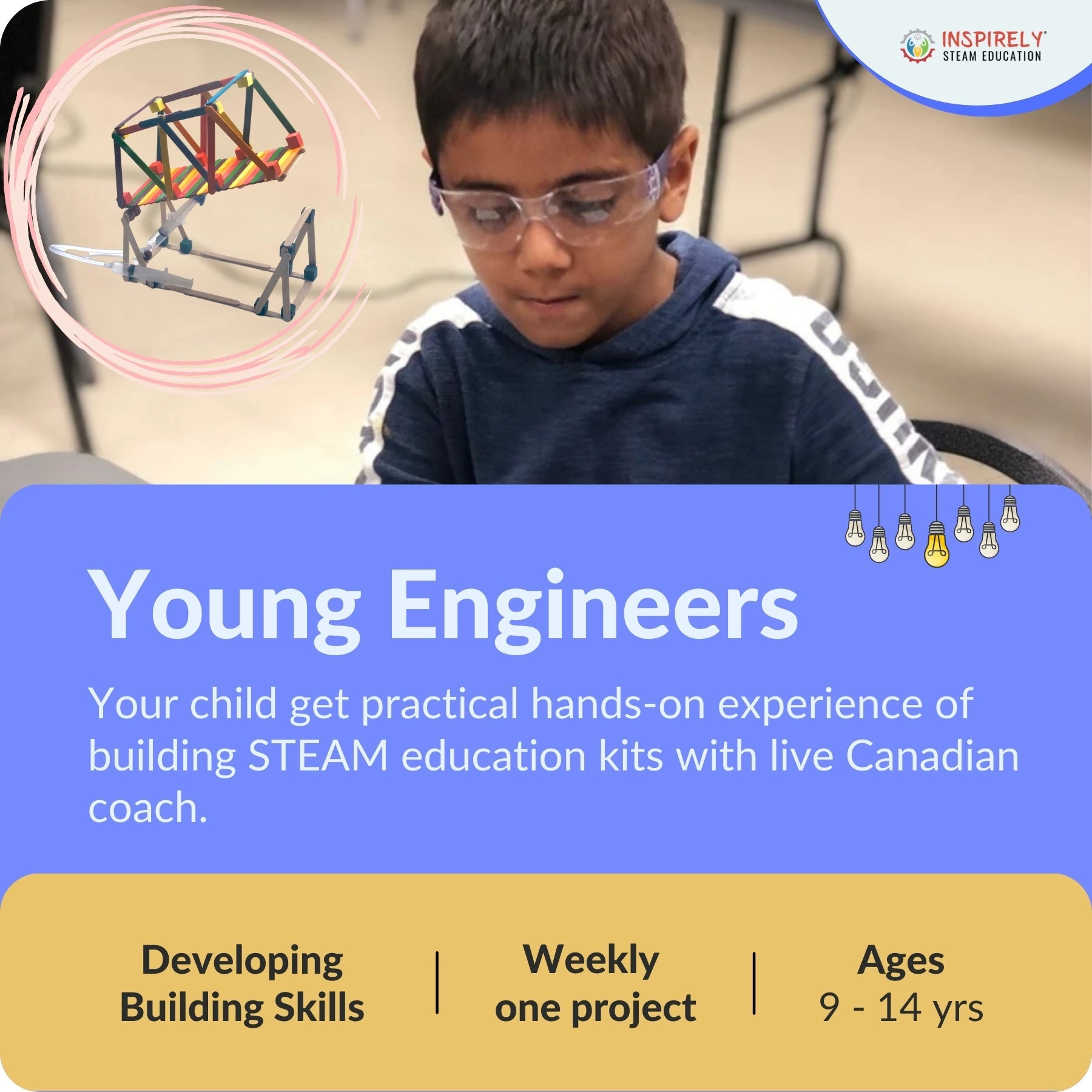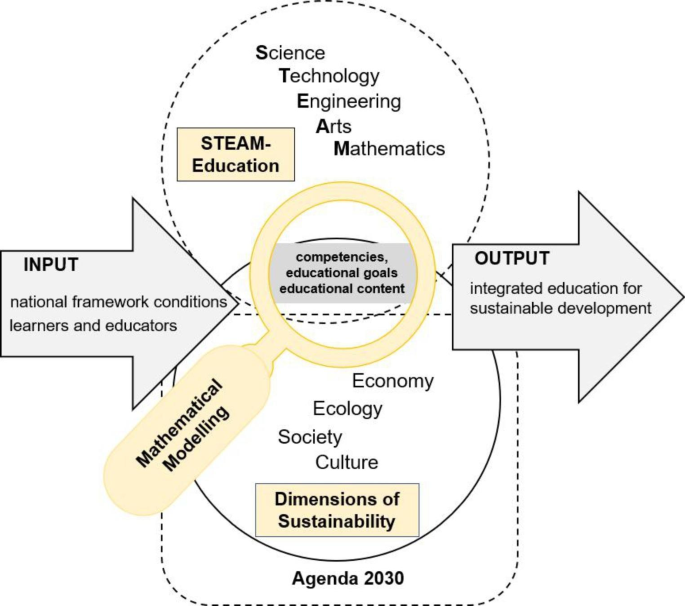4 Tips for Excelling in CHC33015 Online Assessments

The ability to excel in CHC33015 Certificate III in Individual Support online assessments is a culmination of multiple factors such as understanding the exam structure, consistent practice, effective use of resources, and maintaining a positive mental attitude. In this blog post, we will delve into these factors and offer top tips on how to master your CHC33015 online assessments.
Understanding the CHC33015 Online Assessment Structure:
Grasping the structure of the CHC33015 online assessments is the first step towards preparing effectively. The assessment formats may range from multiple-choice questions and short answer queries to case studies and practical demonstrations. There may also be assessments that necessitate you to perform tasks in a simulated work setting. By getting to grips with the nature of these assessments, you can direct your study efforts more strategically and practise your skills in a way that reflects the real examination conditions.
- Practice Regularly:
Set aside a specific amount of time each day for practice. This could involve going over past questions, practising with mock assessments, or engaging in simulations of tasks that mimic the real-life responsibilities of individual support workers. The key is to establish a practice routine that reinforces what you learn, aids in the retention of knowledge, and sharpens your practical skills. As you practise, ensure you vary the types of assessments you undertake to get a comprehensive grasp of the course content.
- Seeking Help When Stuck:
If you find yourself grappling with certain subjects or theories during your study, it’s essential to ask for assistance rather than struggling in silence. Whether it’s a complex concept you’re finding hard to grasp, or you’re unsure about how to tackle a specific type of question, don’t be afraid to seek guidance. This could be from your CHC33015 online course tutor, who has a wealth of knowledge and experience, or it could be from fellow students who might be dealing with similar challenges.
- Effective Utilisation of Online Study Resources:
The digital realm is brimming with resources that can significantly aid your preparation for CHC33015 assessments. From comprehensive study guides and e-textbooks to educational videos and webinars, these tools can add immense value to your study materials.
However, it’s crucial to remain vigilant about the credibility of the information found online. Ensure any content you rely on comes from a trusted and reputable source. Avoid resources that lack proper references or seem to contradict the material provided by your course.
- Self Care is Important:
Prioritise getting an adequate amount of rest and sleep as this not only rejuvenates the body but also aids in cognitive functions such as memory recall and concentration, which are crucial for successful assessments. Remember to take regular intervals between your study sessions. These breaks can help you relax, reduce mental fatigue and improve productivity, thereby making your study time more effective. During these intervals, engage in activities that relax your mind and body, such as listening to music, taking a short walk or practising deep breathing exercises.
It’s not just about passing the …















